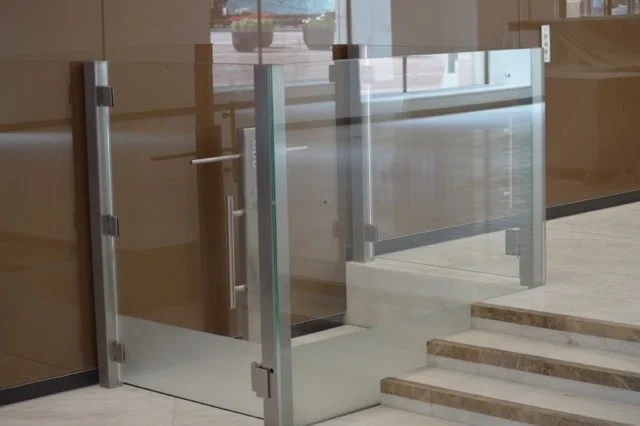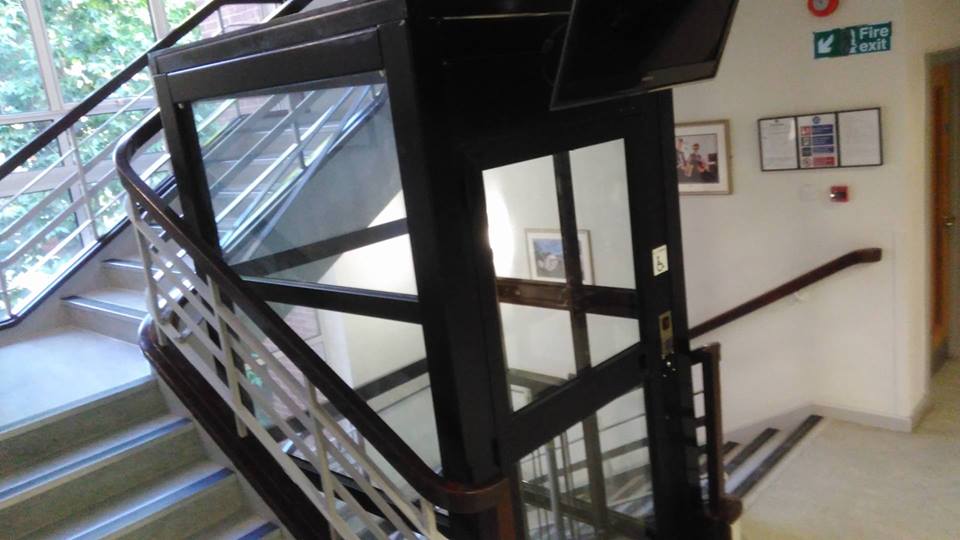Lift technology has advanced in leaps and bounds in recent years, and they are now smoother, safer, and more efficient than ever before. There are many benefits to refurbishing or even replacing an aged lift that is slow, poorly lit, and possibly unreliable. Here are some reasons why it can be a great move.
Modern lifts are more energy efficient
Lifts which rely on old and outdated mechanisms often have a high energy consumption. A new system is likely to be far more energy efficient than an older model, saving money on electricity bills.
Compliance with the latest health and safety standards
Older lifts can be a hazard, particularly if they have been poorly maintained. Even an aged lift with a full service history will not have been manufactured to modern standards of health and safety, which is a very important consideration, especially if the lift is in a public place.
Reduced maintenance costs
Outdated lifts require frequent maintenance and servicing. It may be necessary to replace certain parts on a regular basis, and it may even be difficult to track down the right parts for older models of lift. These costs can mount up over time, and ultimately it may be more cost effective to replace it.
Better quality of user experience
Older lifts can be unreliable, clunky, noisy, and jerky. Modern lifts are designed to give a quiet and smooth ride, and are user friendly. The interior will be clean and bright and pleasant and comfortable to travel in.
Modern lifts are often available in a range of finishes for both interior and exterior, so you can order a bespoke lift that will fit in well with your company branding or domestic interior design scheme. It may also be possible to make more efficient use of space with a sleeker design.
If you are looking for bespoke platform lifts, please get in touch today.







































